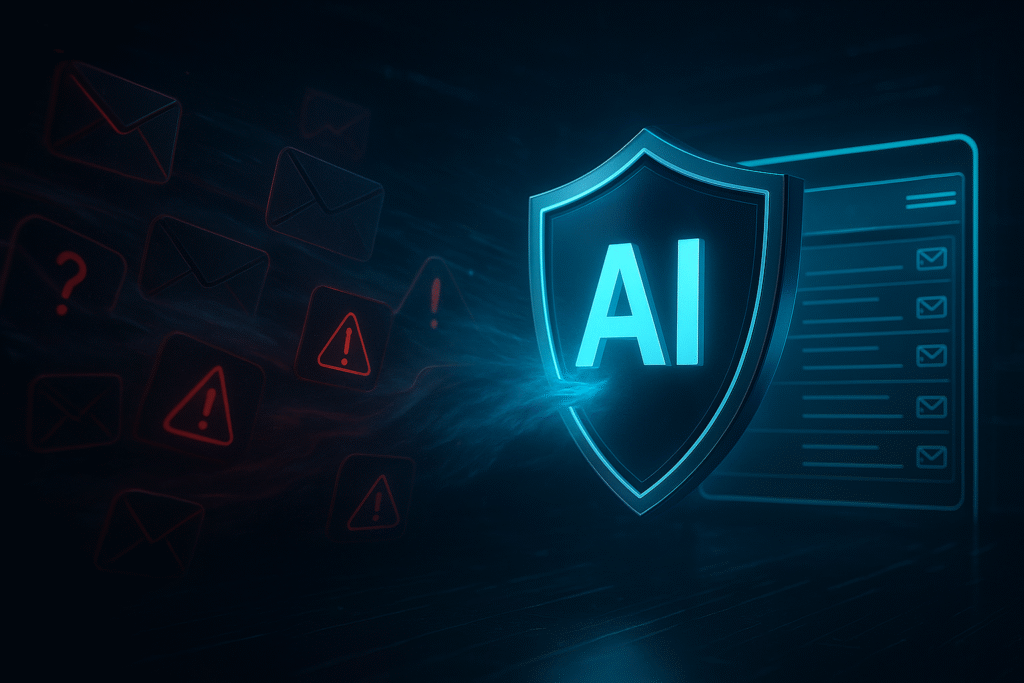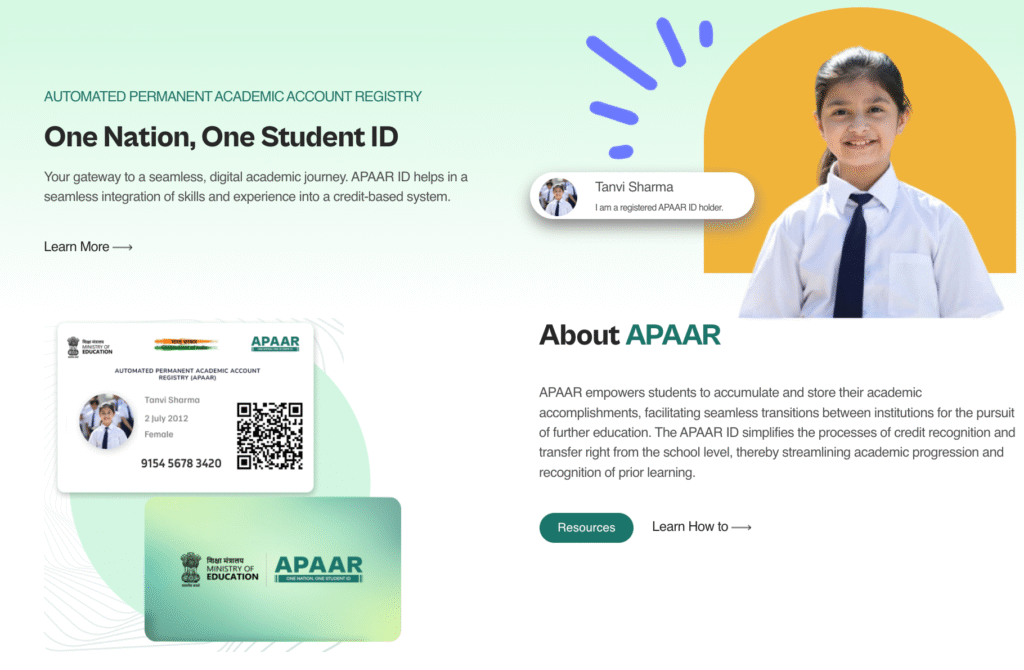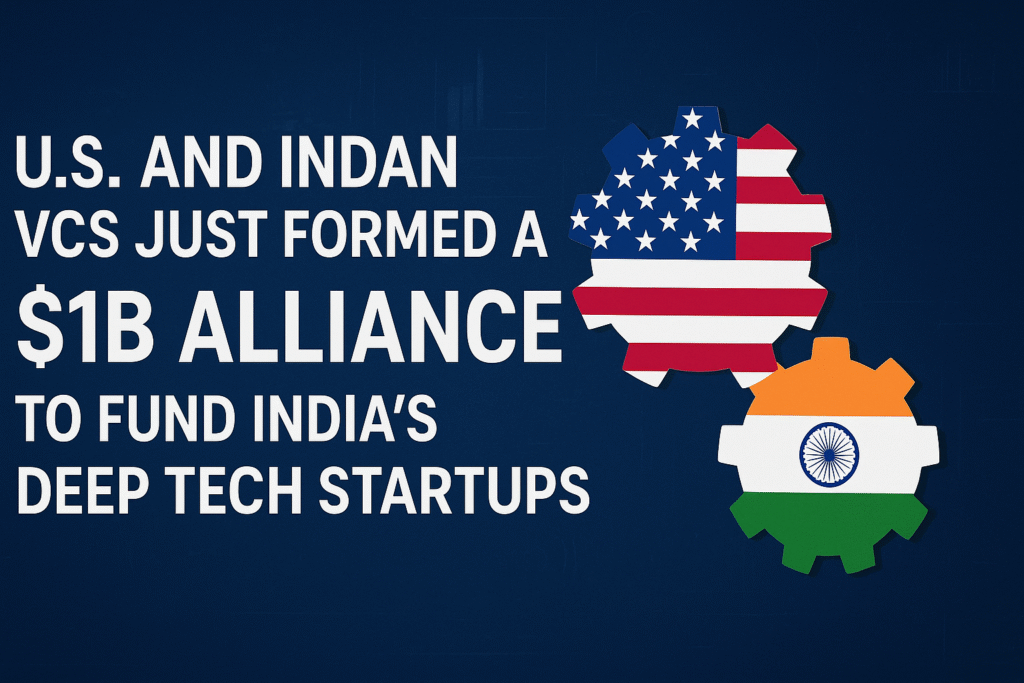The Inbox is the New Battlefield. Why Legacy Security is Losing the War.
You click on a seemingly legitimate invoice from a trusted vendor. A colleague responds to an urgent request from what appears to be your...
Read More →
You click on a seemingly legitimate invoice from a trusted vendor. A colleague responds to an urgent request from what appears to be your...
Read More →
If you were waiting for the iPhone 17 to be the device where Apple’s Siri finally gets a revolutionary, all-knowing AI brain, you might...
Read More →
The Central Board of Secondary Education (CBSE) has released an important circular regarding the submission of APAAR ID (Automated Permanent Academic Account Registry) for...
Read More →
Introduction The APAAR ID (Automated Permanent Academic Account Registry), also known as the EduLocker ID, has become a mandatory digital identity for students under...
Read More →
The Central Board of Secondary Education (CBSE) has made it mandatory to provide an APAAR ID (Automated Permanent Academic Account Registry) for every student...
Read More →
What is AI Fiesta? Launched in August 2025, AI Fiesta is an innovative AI aggregator platform created by YouTuber Dhruv Rathee. Instead of subscribing...
Read More →
Overview A recent review by Common Sense Media—a trusted nonprofit focused on children’s digital safety—has rated Google’s Gemini AI platforms for children and teens...
Read More →
When students enter their 12th grade in the Central Board of Secondary Education (CBSE) system, they are faced with a crucial decision about their...
Read More →
A New Player in the Job Market OpenAI has officially announced the launch of its AI-powered hiring platform, set to go live by mid-2026....
Read More →
Google is once again redefining how we relive our memories. With the integration of its latest AI video generation model, Veo 3, Google Photos...
Read More →
In recent days, a viral claim has been circulating online that Nepal has banned major social media platforms including Facebook, X (formerly Twitter), YouTube,...
Read More →
If you’re planning to launch a website, start a blog, or grow your online business, the first step is choosing the right hosting. Without...
Read More →
A Bold Step for Deep Tech Innovation A powerful coalition of venture capital and private equity firms from both the U.S. and India has...
Read More →